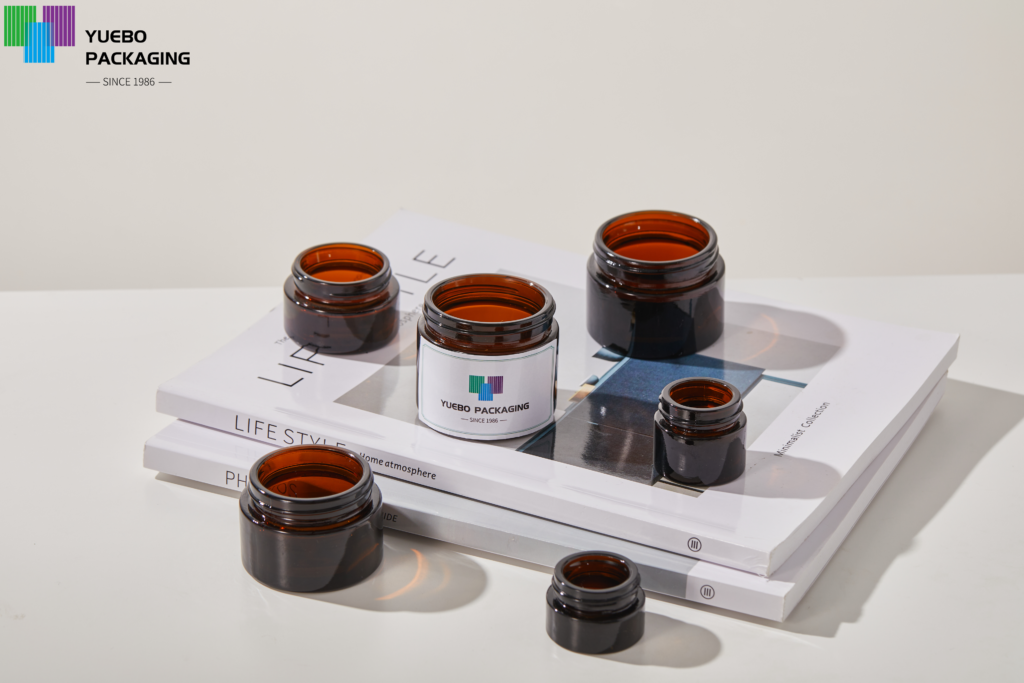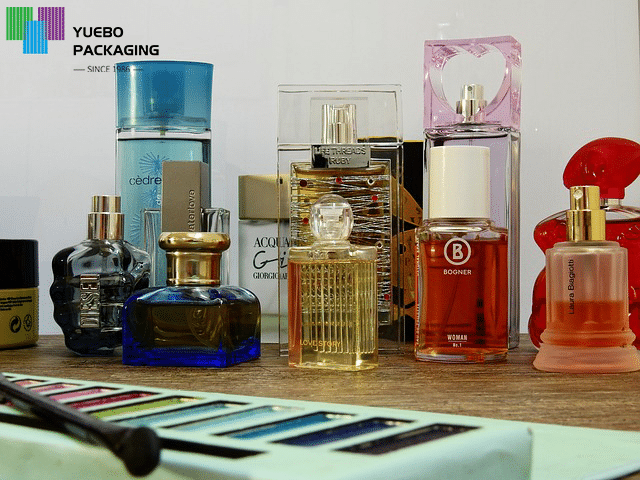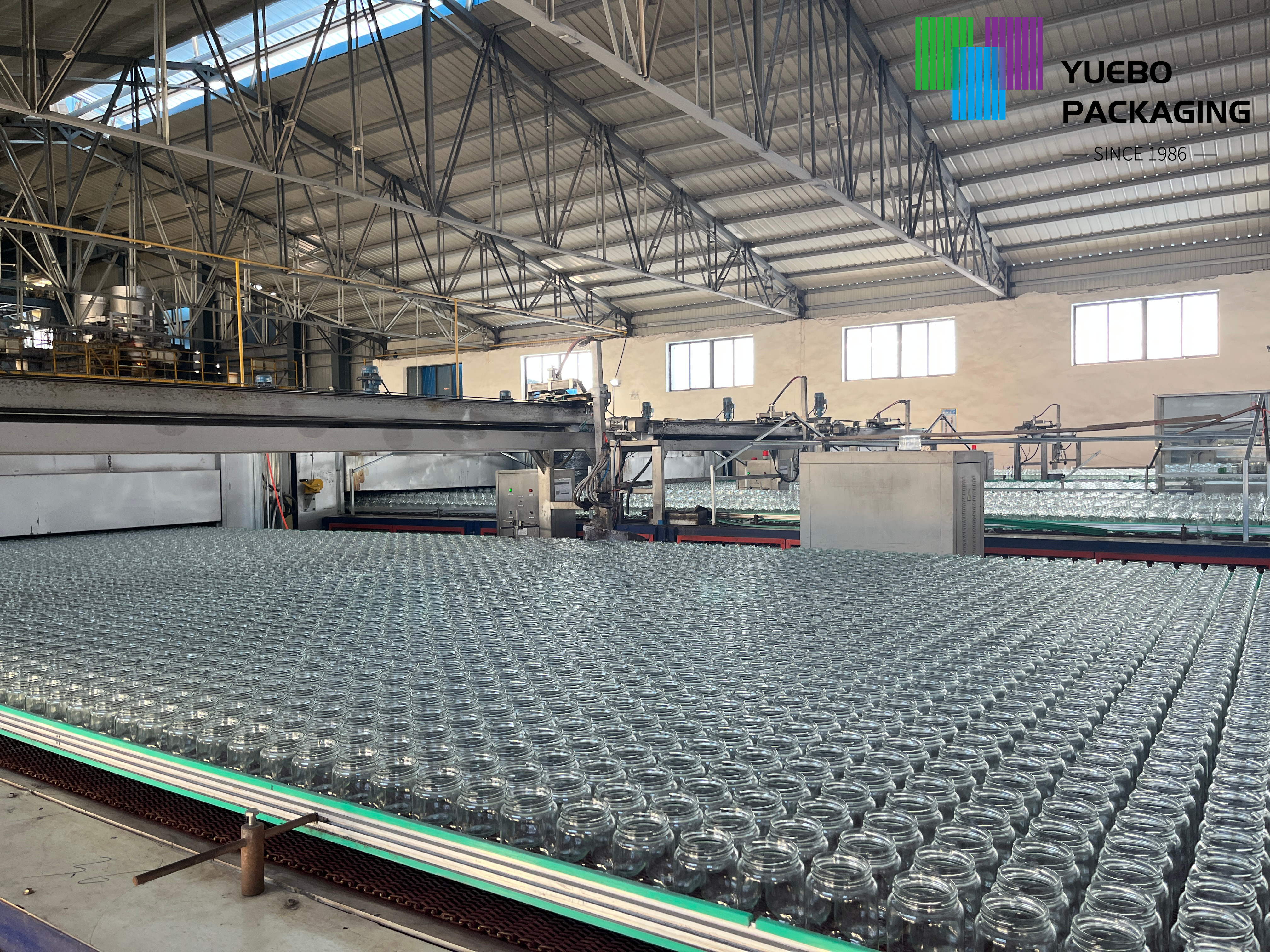Glass Packaging: The Perfect Blend of Sustainability and Elegance

In modern society, as people pay more attention to environmental protection and sustainable development, glass packaging is gaining popularity among consumers and businesses alike. This article explores the advantages of glass packaging, its applications, and future development trends.
Advantages of Glass Packaging

1.Environmental Sustainability
Glass is a natural material made from sand, limestone, and soda ash, with silicon dioxide as its main component. Glass can be recycled repeatedly without losing its original purity and quality. Therefore, using glass packaging helps reduce environmental impact and conserves resources.
2.High Safety
Glass has high chemical stability and does not react with food, beverages, or pharmaceuticals, ensuring the safety of the contents. Unlike some plastic packaging, glass does not release harmful substances, making it more suitable for food and medicines that require high safety standards.
3.Excellent Barrier Properties
Glass has excellent barrier properties, effectively preventing the ingress of gases, moisture, and odors, thus preserving the freshness and quality of the contents. This is particularly important for food and beverages that need long-term storage.
4.Aesthetic Appeal
Glass packaging is transparent, smooth, and has a good texture, effectively showcasing the product’s appearance and enhancing its quality. Well-designed glass bottles can even become works of art, attracting consumers’ attention.
Applications of Glass Packaging

1.Food and Beverages
Glass bottles are widely used in the packaging of alcoholic beverages, juices, and condiments. For example, high-end products like wine, beer, and olive oil often use glass bottles to ensure their quality and taste.
2.Pharmaceuticals
In the pharmaceutical industry, glass bottles are primarily used for packaging medicines, vaccines, and injections. Due to the chemical inertness and high barrier properties of glass, it ensures that pharmaceuticals remain unaffected by external environments during storage and transportation.
3.Cosmetics
Glass packaging is also widely used in the cosmetics industry. Many high-end skincare products and perfumes use beautifully designed glass bottles to reflect the product’s high quality and luxury.
4.Home and Decor
Glass bottles and jars are popular in home decor as well. They can be used to store and display various items such as spices, candies, and candles, being both practical and aesthetically pleasing.
Future Development Trends of Glass Packaging

As environmental awareness continues to rise, glass packaging is expected to see broader applications in the future. To further enhance the market competitiveness of glass packaging, companies can innovate in the following areas:
1.Lightweight Design
By improving manufacturing processes to reduce the weight of glass bottles, companies can lower transportation costs and reduce carbon emissions, meeting environmental requirements.
2.Smart Packaging
Applying smart labels and QR codes to glass packaging allows consumers to obtain detailed product information through scanning, enhancing the user experience.
3.Personalized Customization
Meeting consumer demand for personalized products by offering customized glass packaging services can make products more unique and attractive.
Conclusion




